Comparing is when you find out which group has more things. You can compare by counting up the total amount in each group. The amount in the group can be greater than, less than or equal to the amount of things in another group.
To better understand comparing quantities up to 10…
LET’S BREAK IT DOWN!
Compare 2 kinds of toys.

Here we have 7 dinosaurs and 7 unicorns. You can show each amount using counters. 1, 2, 3, 4, 5, 6, 7. To compare these amounts, match dinosaurs and unicorns next to each other. Since these amounts are the same, we say they are equal.
Compare how many mice you and your friends have.
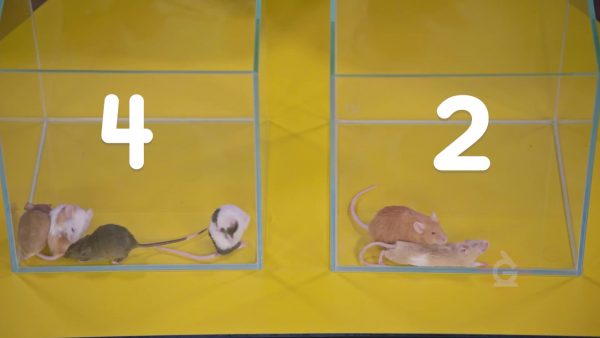
You have 4 mice and your friend Erika has 2 mice. How can you compare these amounts? You can match them up next to each other, or you can notice that 4 comes after 2. This means that 4 is greater than 2, so you have more mice.
Compare how many toys you have.
Compare how many planes there are.
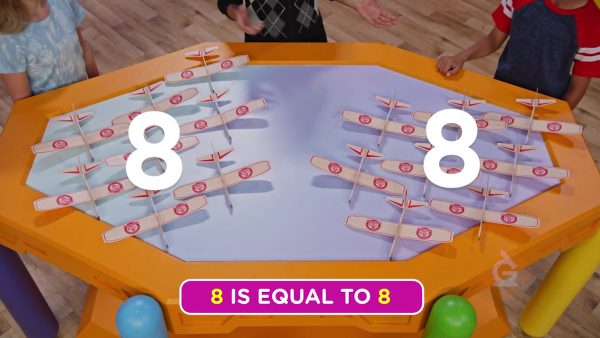
Madelyn has 8 planes. Omar has 8 planes. 8 is equal to 8. They each have the same amount of planes to throw.
Compare with numbers without objects.
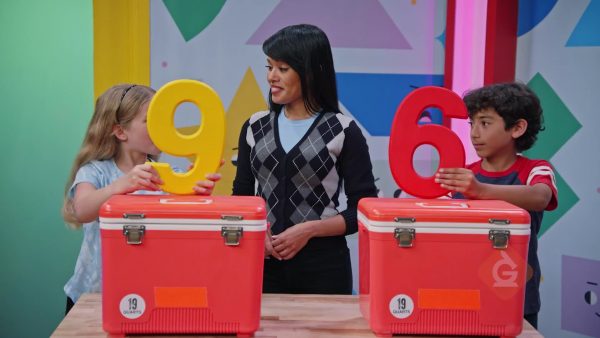
You see the numbers 6 and 9. How can you compare 6 and 9? Count to 9: 1, 2, 3, 4, 5, 6, 7, 8, 9. You say 6 when counting to 9. 6 is less than 9.
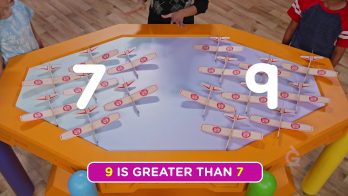








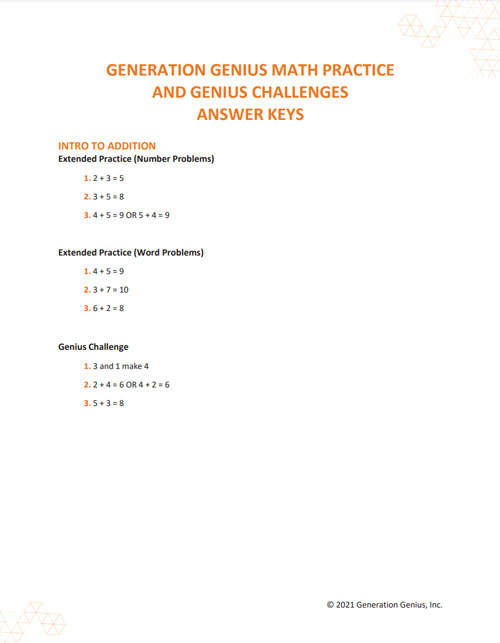























































































































 Select a Google Form
Select a Google Form








